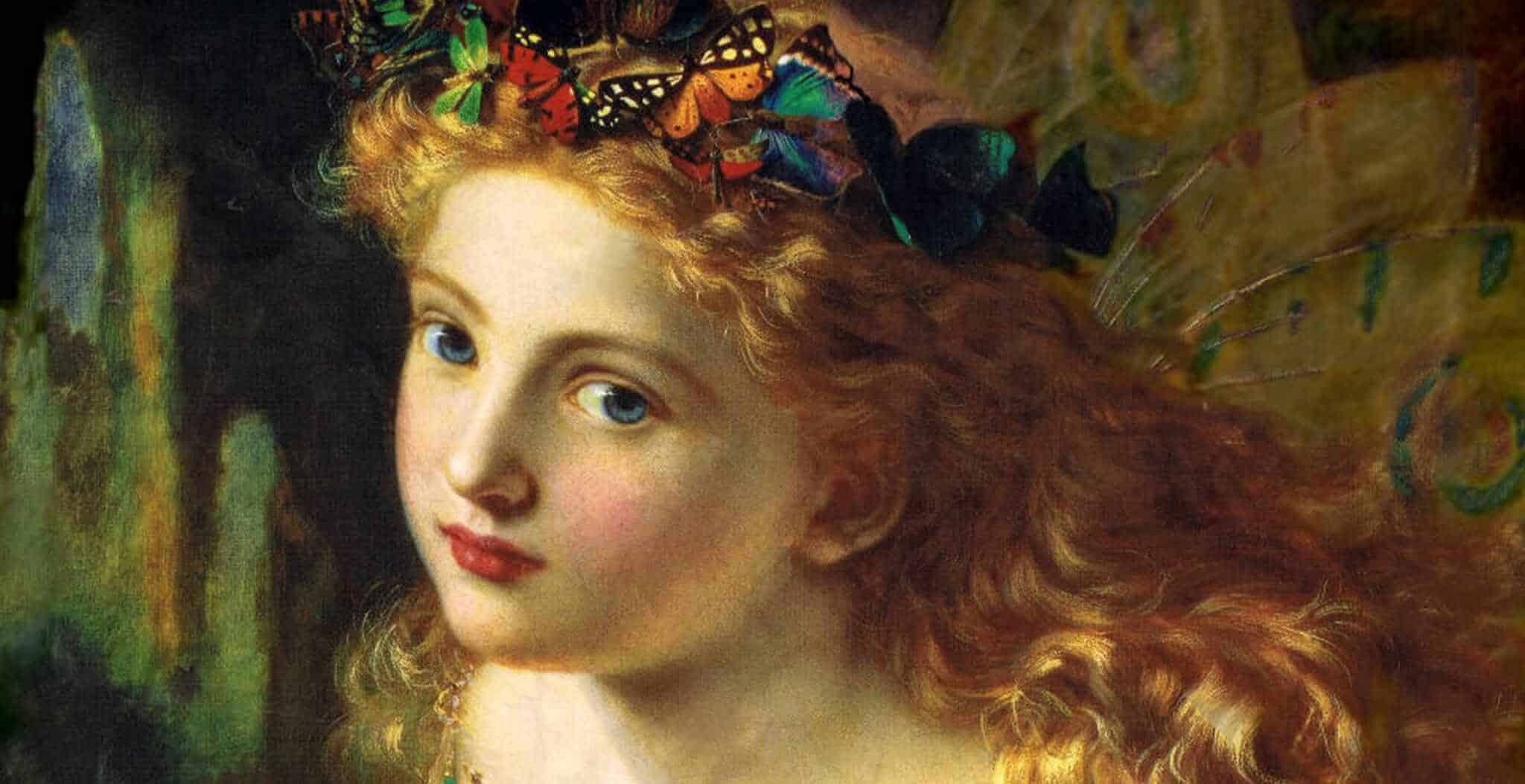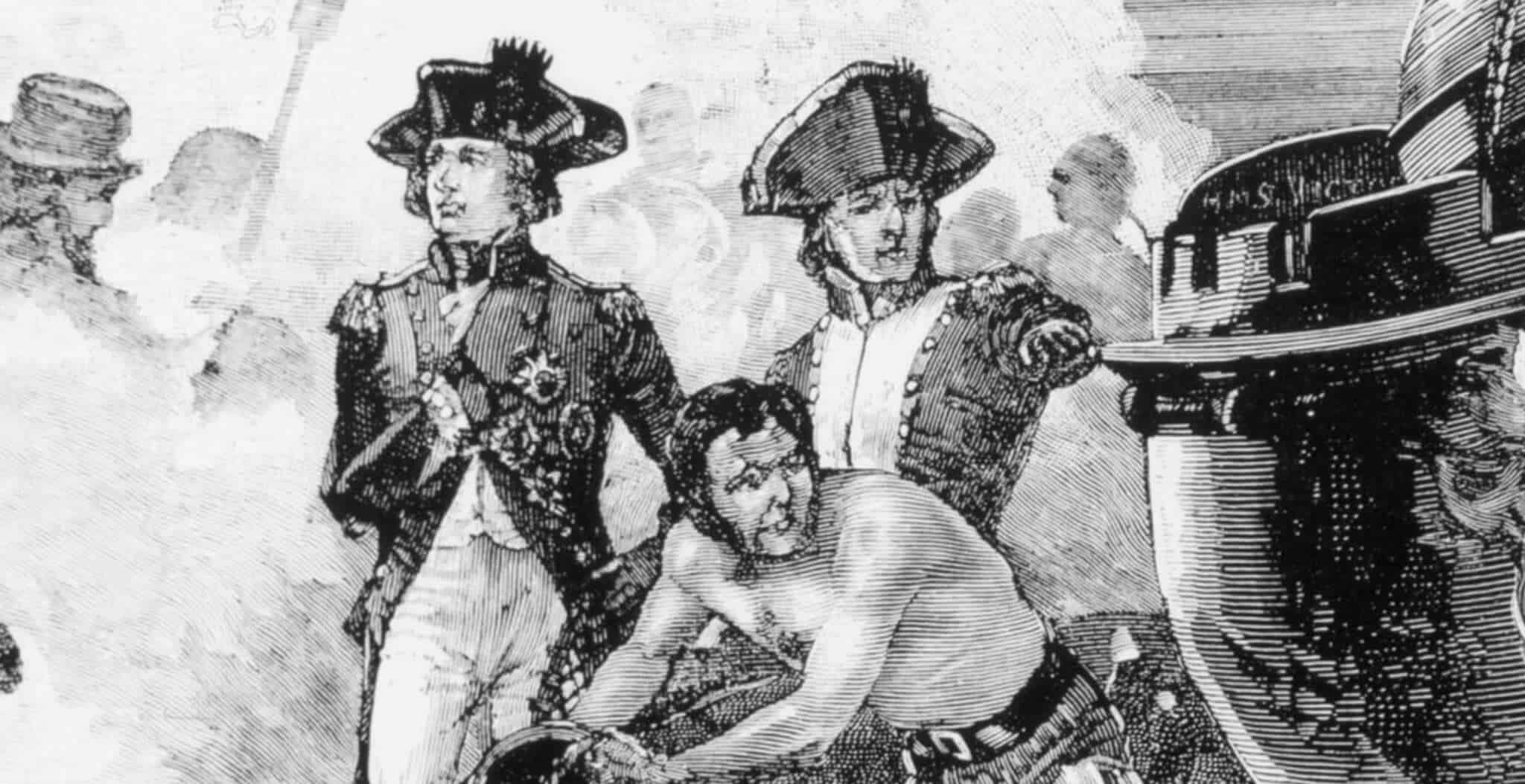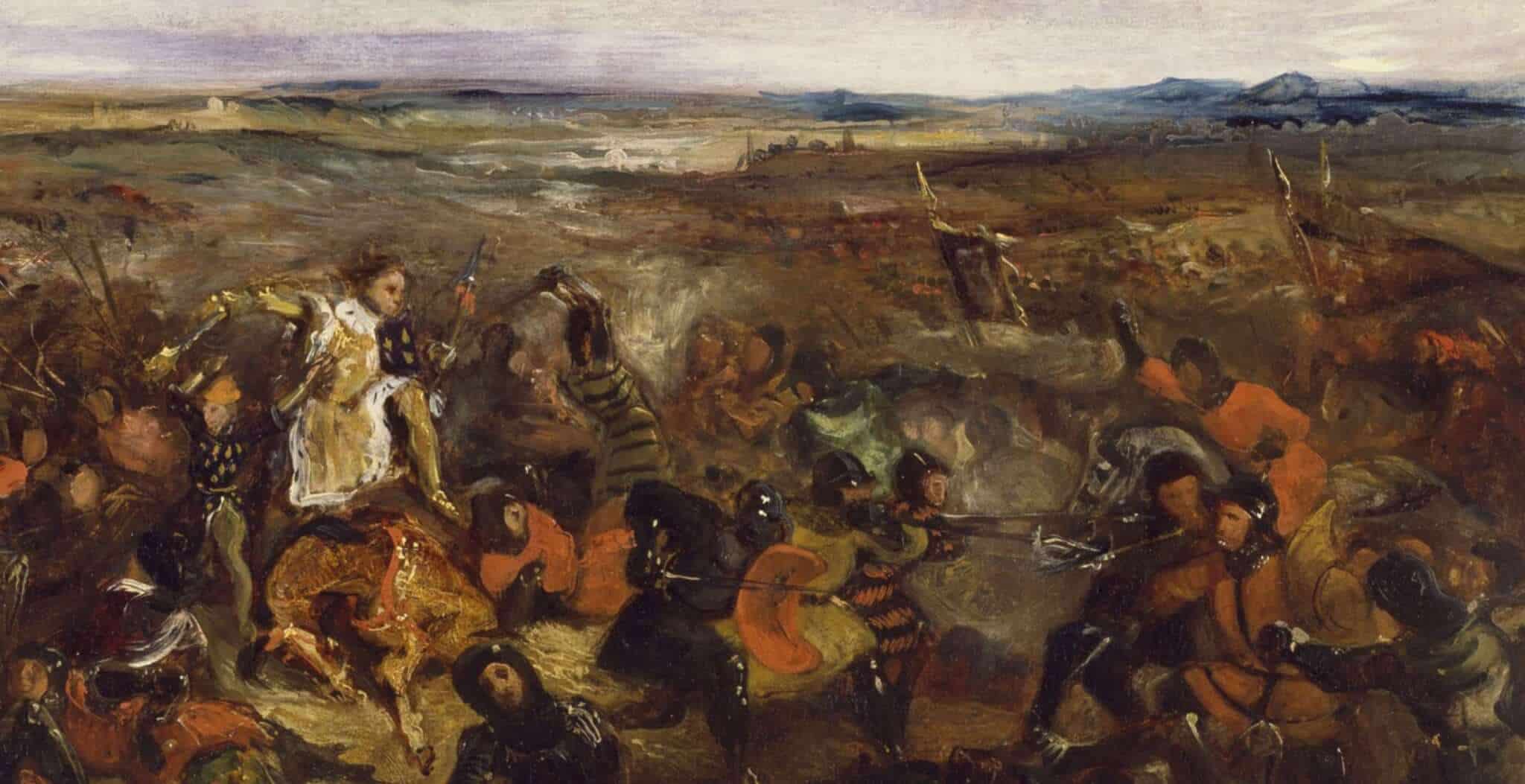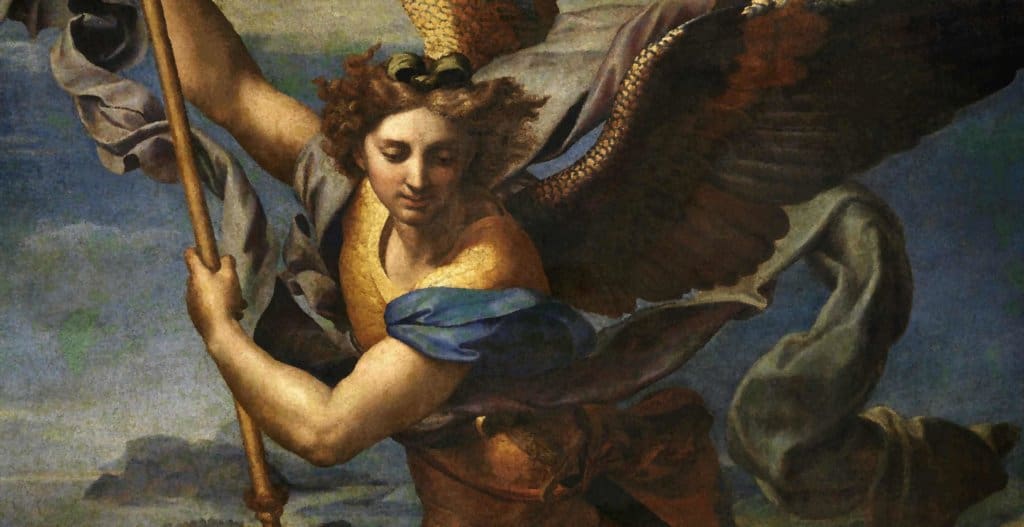Readers should always check with local Tourist Information Centres (TIC’s) that events or festivals are actually taking place before setting out to attend.
Permanent dates in September
| 29th September | Michaelmas Day | More formally known as the Feast of St Michael the Archangel. It was once one of the most important days of the Christian year. Not as important as Christmas Day, it did however rank alongside Shrove Tuesday. Michaelmas differs from the other saints’ days in that it honours a spirit and not a human being. St Michael is mentioned in the Bible on several occasions as his band of angels fight the dragon, the fight of good versus evil. Widely popular in the middle ages, he was depicted in art as a winged young man clad either in white robes, or in armour. He is the patron saint of knights and grocers. |
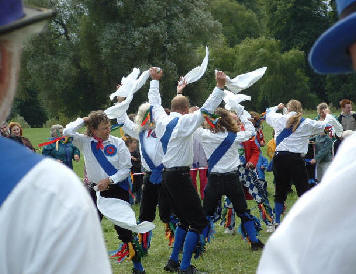
Flexible dates in September
| During the month | Well Dressing | Hartington, Derbyshire;
Endon and Longnor, Staffordshire. |
|
| First Saturday in the month | Royal Highland Gathering | Braemar, Grampian | Whilst there have been Gatherings at Braemar since the days of King Malcolm Canmore, nine hundred years ago, today’s Gathering, organised by the Braemar Royal Highland Society, has been around for a mere 188 years. Large crowds gather each year to acclaim their Monarch as Chieftain of the Braemar Gathering. International athletes take part in the “heavy” and “track” events, encouraged on by the customary Scottish Massed Pipe Bands. |
| Monday following the first Sunday after the 4th of the month | Horn Dance | Abbots Bromley, Staffordshire | The Horn Dance has been described as ‘possibly the oldest surviving ceremony in Britain’. It is know that the dance was performed at the Barthelmy Fair in August 1226, however the reindeer antlers that give the dance its name suggest a much earlier origin, possibly a Druidic or Viking rite. A carbon-dated fragment of horn revealed a date of 1065 ± 80 years. Today the Horn Dance takes place annually on Wakes Monday. After collecting the horns from the church at 8 o’clock in the morning, the Horn Dancers, comprising six Deer-men, a Fool, a Hobby Horse, a Bowman and Maid Marian, perform their dance to music at various locations around the village and surrounding countryside. By the time they return to the village green that evening, the Horn Dancers will have walked and danced over 10 miles. |
| Second Tuesday of the month | Widecombe Fair | Widecombe-in-the-Moor, Devon | Widecombe village fair probably began as a simple market, but has grown over the years into a local institution, with pony shows, races, competitions, sheep and cattle shows, sideshows, etc. The fair was made famous by the well-known folksong ‘Widecombe Fair’ and the misadventures of one Uncle Tom Cobley and All. The words for the folk song were first published in 1880 by the vicar of a nearby parish, after he heard them sung by an old countryman: ’Tom Pearse, Tom Pearse, lend me your grey mare, …For I want to go to Widdecombe Fair’ |
| Sunday closest to the 19th of the month. | Clipping the Church | Painswick, Gloucestershire | The people of the pretty Cotswold town “clip” or hug the church. Everyone joins hands to create a chain all around the church and they all sing a special clipping hymn. |
| On or near St Mathew’s Day (21st September) | Christ’s Hospital Boys’ March | St Sepulchre’s Church, London | Boys and girls from Christ’s Hospital Schools meet to commemorate the founding of the original school by Edward VI in 1553. The boy king founded the school after hearing a sermon concerning the problem of vagrant children in the City of London.
After a special service at St Sepulchre’s in Holborn, attended by the Lord Mayor and other dignitaries, pupils parade through the City of London to Mansion House where each receives a gift from the Lord Mayor. |
| On a Saturday around the 16th of the month. | World Gurning (Face–Pulling) Championship | Egremont, Cumbria | The event has been running as part of the ‘Crab Fair & Sports’ since 1267. Gurning represents everything that is quirky and British. Crab Fair Day features other such famous events as climbing up the greasy pole to try and get the leg of lamb nailed at the top, street races, a fun fair and in the evening at the Market Hall the World Gurning Championships. Contestants have to try and pull the ugliest face with their heads stuck through a horse’s braffin or collar. |
| Toward the end of the month | Election of Lord Mayor | Guildhall, London | Not to be confused with the Mayor of London (Greater London), the Lord Mayor of London is the Mayor of the City (the square mile) of London.
The first recorded Lord Mayor of London was Henry Fitz-Ailwyn in 1189. Since then, some 700 men and one woman have held the position. The most famous of them all is Dick Whittington, who held office three times, in 1397, 1406 and 1419. Contrary to popular belief, Dick Whittington was not a poor, ill-treated orphan who managed against all the odds to work his way up to the top job, he did in fact come from a very wealthy family and was a successful businessman before becoming Lord Mayor. The right of London citizens to elect their own Mayor dates from a Charter granted by King John to the City in 1215, the same year as Magna Carta. |
We have taken great care in recording and detailing the festivals, customs and celebrations presented in our Folklore Year calendar, if however you consider that we have omitted any significant local event, we would be delighted to hear from you.
Related Links:The Folklore Year – January |
